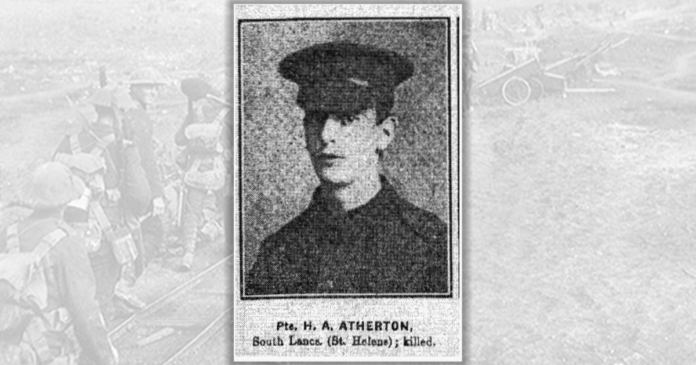Over 100 years after World War I, 23-year-old Private Harry Atherton can finally be put to rest after his remains were identified by the Canadian government.
According to the Department of National Defence and the Canadian Armed Forces (CAF), they were able to identify Atherton’s remains after they were discovered during a munition clearing process in Vendin-le-Vieil, France.
Researchers with the CAF’s Casualty Identification Program used DNA analysis, genealogical and archaeological methods to confirm it was in fact Atherton.
“The identification of Private Atherton gives the Canadian Armed Forces the opportunity to pay its respects and provide him with a final resting place,” said Minister of National Defence Anita Anand.
“His courage and selfless service can never be fully repaid. But Canada will remember and honour him, and those like him who gave so much for this country in the First World War. To his family I extend my sympathy and gratitude.”
Atherton first came to Canada in 1913 where he eventually worked as a carpenter in McBride, British Columbia.
After enlisting to serve in the army in 1916 he fought alongside the 10th Canadian Infantry Battalion. Although wounded in battle he returned to the front in March 1917.
Only a few months later, Atherton fought at the Battle of Hill 70 where he was killed in action.
Atherton’s family has been notified of his identification and his remains will be buried in France at the Commonwealth War Graves Commission.
“Though it has been more than a century since we lost Private Atherton in the Battle of Hill 70 during the First World War, I’m proud that we were able to identify his remains and provide him with a proper burial. His contributions to Canada will never be forgotten. Lest we forget,” said Minister of Veterans Affairs Lawrence MacAuley.
Along with other Commonwealth countries, Canadians will be observing Remembrance Day on Nov. 11 to honour those fallen while in the line of duty.





















